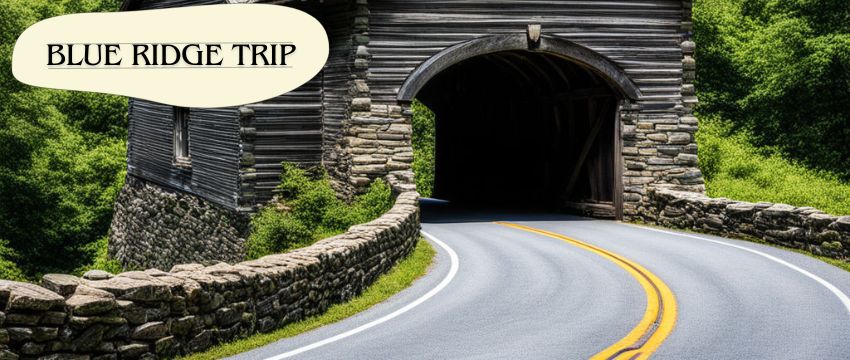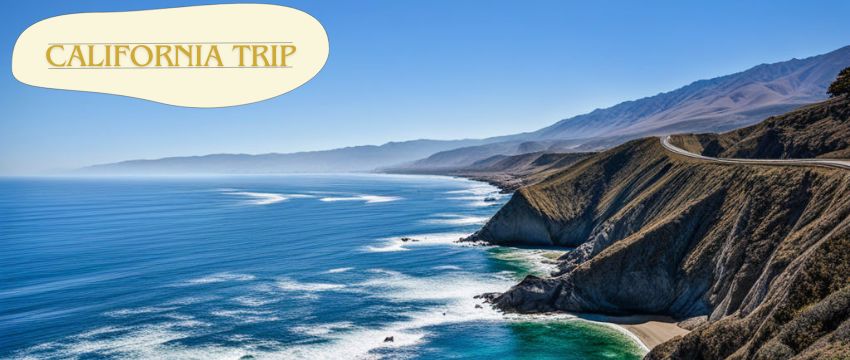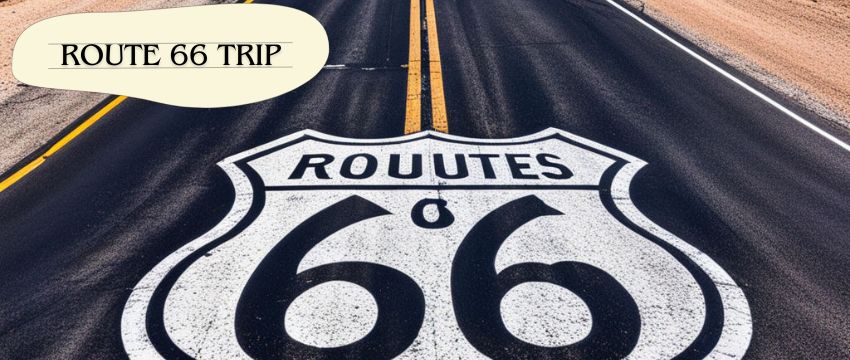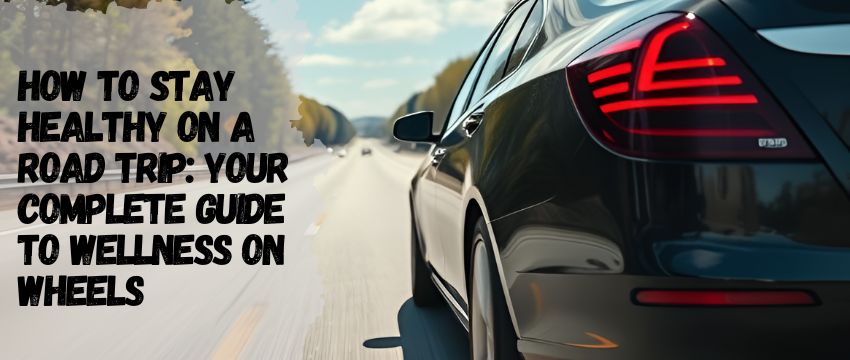Introduction: Why Timing Matters on the Highway
Highways are the arteries of modern travel, connecting cities, states, and lives. Yet, the difference between a smooth journey and a perilous one often hinges on when you choose to drive. While factors like vehicle maintenance and driver skill are critical, timing plays an underrated role in highway safety. This article explores the safest times to hit the road, backed by traffic data, behavioral studies, and environmental insights. By understanding how traffic patterns, human behavior, and weather intersect, you can minimize risks and transform your highway experience into one of confidence and calm.
The Science of Safe Timing: Key Factors Influencing Highway Safety
1. Traffic Volume and Congestion
Peak traffic hours—typically 7–9 AM and 4–6 PM on weekdays—create a perfect storm for accidents. Dense traffic increases the likelihood of rear-end collisions, sudden lane changes, and road rage incidents. According to the National Highway Traffic Safety Administration (NHTSA), nearly 40% of accidents occur during rush hour. Conversely, late mornings (10 AM–12 PM) and early afternoons (1–3 PM) see lighter traffic, reducing stress and collision risks.
2. Driver Behavior and Fatigue
Human error peaks during late-night hours (12–4 AM), when drowsy driving and impaired motorists (e.g., alcohol/drug use) spike. The NHTSA reports that fatalities from drowsy driving are highest between midnight and 6 AM. In contrast, daylight hours (7 AM–5 PM) offer better visibility and alertness, as circadian rhythms naturally boost energy levels.

3. Weather and Visibility
Rain, snow, and fog amplify dangers, but timing your drive around forecasts can mitigate risks. For example, mid-morning drives (9–11 AM) often avoid dawn frost in winter and afternoon thunderstorms in summer. Dry, clear days in spring and fall provide optimal conditions, whereas holiday weekends (e.g., Thanksgiving) combine bad weather with congested roads.
4. Road Maintenance and Construction
Most highway repairs occur overnight or on weekends. Planning drives during weekday daylight hours helps avoid unexpected lane closures, detours, and debris-related hazards.
The Safest Times to Drive: A Hour-by-Hour Breakdown
1. Early Morning (5–7 AM)
Why It’s Safe: Traffic is sparse, and most drivers are commuters focused on reaching work. The lack of congestion allows for steady speeds and fewer distractions.
Considerations: Low light at dawn requires high-beam use in rural areas. Watch for wildlife crossings in regions like Montana or Colorado.
2. Late Morning (10 AM–12 PM)
Why It’s Safe: Rush hour has subsided, and drivers are alert post-coffee. This window is ideal for long-haul trips, as fatigue hasn’t yet set in.
Considerations: School zones near urban highways may slow traffic briefly.
3. Mid-Afternoon (1–3 PM)
Why It’s Safe: A lull between lunch breaks and evening commutes. Delivery trucks and commercial traffic are less active, reducing lane-blocking risks.
Considerations: Summer heat can cause tire blowouts; ensure proper inflation.
4. Weekdays vs. Weekends
Weekdays: Tuesdays and Wednesdays are statistically the safest days, with fewer recreational travelers and alcohol-related incidents.
Weekends: Saturday mornings (6–10 AM) are safer than Friday or Saturday nights, which see heightened DUI risks.
Seasonal Safety: Adapting to Weather and Holidays
1. Winter
- Safest Window: Midday (11 AM–2 PM), after ice melts and before sunset.
- Risks: Black ice at dawn (6–8 AM) and reduced visibility during snowstorms.
2. Summer
- Safest Window: Early morning (5–7 AM), avoiding afternoon thunderstorms in the South and Southwest.
- Risks: Congested holiday travel (e.g., July 4th weekend) and overheated engines.
3. Fall and Spring
- Safest Window: Weekday afternoons, leveraging mild weather and daylight savings time.
- Risks: Wet leaves in fall and sudden rain showers in spring.
Practical Tips for Maximizing Highway Safety
- Use Traffic Apps: Tools like Waze or Google Maps provide real-time congestion and accident updates.
- Avoid High-Risk Periods: Steer clear of Friday evenings (5–8 PM) and holiday eves, when DUI rates soar.
- Plan Around Weather: Check forecasts and reschedule trips if heavy rain, snow, or fog is expected.
- Rest Strategically: For long drives, take breaks every 2 hours and avoid driving past 9 PM.
Highway Safety at a Glance
Factor | Safest Time/Condition |
|---|---|
Traffic Volume | Weekday late mornings (10 AM–12 PM) |
Driver Alertness | Daylight hours (7 AM–5 PM) |
Weather | Clear, dry days in spring/fall |
Road Maintenance | Weekday daylight hours |
Holiday Risks | Avoid weekends before major holidays |
Conclusion
The safest time to drive on the highway isn’t a one-size-fits-all answer but a strategic choice informed by traffic patterns, weather, and human behavior. By prioritizing weekday daylight hours, avoiding peak congestion, and respecting seasonal challenges, you can turn every journey into a safer, smoother experience.

FAQs
1. What is the slowest you can legally drive on the interstate?
Most states enforce a minimum speed limit of 40–45 mph on interstates to prevent traffic obstruction. Driving slower without cause (e.g., mechanical issues) can result in citations. Exceptions exist for adverse weather, where safety trumps speed limits. Always check state-specific laws, as Hawaii and Montana have unique rural road rules.
2. What is the most beautiful road trip in the USA?
The Pacific Coast Highway (California State Route 1) offers breathtaking ocean vistas, redwood forests, and cliffs like Big Sur. For mountain scenery, Colorado’s Trail Ridge Road traverses Rocky Mountain National Park above 12,000 feet. The Blue Ridge Parkway in Virginia and North Carolina dazzles with fall foliage and Appalachian charm.
3. What is the best US state to visit?
California tops the list for its diversity: beaches, national parks (Yosemite, Sequoia), and cities like San Francisco. Utah appeals to adventurers with its “Mighty 5” national parks, while New York offers cultural landmarks like NYC and Niagara Falls.
4. What is the friendliest state to visit?
Tennessee is renowned for Southern hospitality, live music in Nashville, and welcoming small towns. South Carolina’s coastal communities, like Charleston, blend historic charm with warm locals. Minnesota’s “Minnesota Nice” ethos ensures helpful, polite interactions statewide.
5. Which state is best to travel to now?
Colorado is ideal in late summer/early fall for hiking, aspen groves, and mild weather. Maine shines in September–October for lobster festivals and leaf-peeping. For winter escapes, Florida’s beaches and Arizona’s desert parks (e.g., Grand Canyon) offer sunny respites.
Equip yourself with knowledge, respect the clock, and embrace the journey—safely. 🚗💨
Our team is creating outdoor-gear relevant articles with passion. If our articles can help you to find the correct solutions for your questions, we will be happy about that. In the content creation process, we usually collect accurate and useful information online or offline to compile our content in an organized way. Consequently, we can guarantee that you can discover some expected answers to your questions. We appreciate your time on our site.










